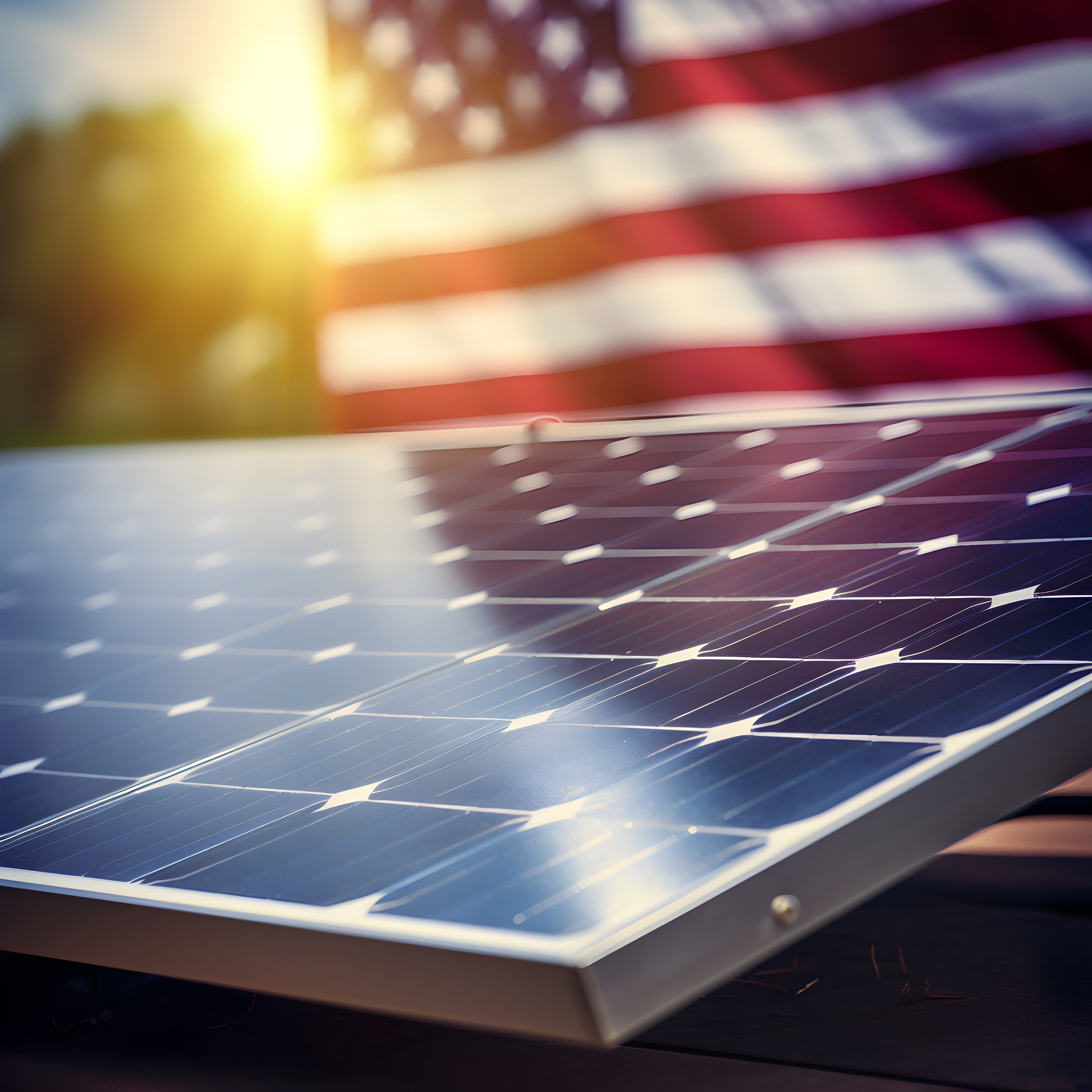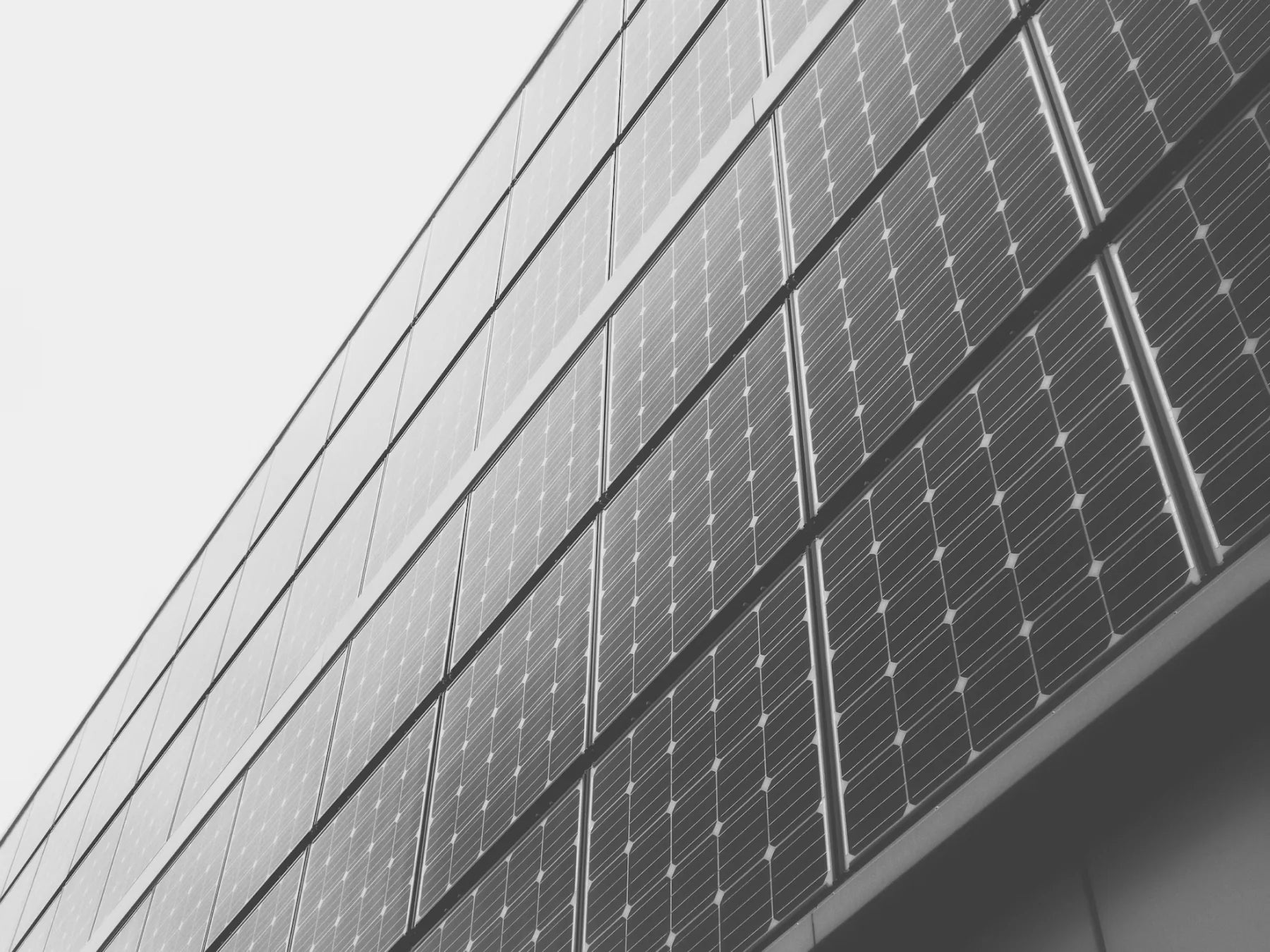
Image Credit: Werner Slocum/NREL, 64436
Is it possible to integrate solar energy and crop cultivation to the benefit of both? It’s not only possible, but it’s also proving to be an actionable solution to reaching global net zero goals by the widely acknowledged deadline of 2030. The use of land for both agriculture and solar photovoltaic energy generation is called agrivoltaics, and they have the potential to take us into the future.
The future looks bright for solar energy, with predictions that up to 40 percent of our electricity could come from solar by the middle of the next decade. While this is certainly an encouraging prospect, it also raises questions about how we can scale up solar without negatively impacting our landscapes. After all, installing thousands of photovoltaic panels on vast stretches of land could drastically alter the physical character of the areas where they are installed.
So, what can we do to minimize the impact of this transition to renewable energy sources? It's a complex conundrum we must untangle if we hope to continue the momentum toward a greener future without contributing to unwanted energy sprawl.
The history of agrovoltaics
The idea of agrivoltaics, the combination of solar power and crop cultivation, may seem like a novel concept, but it's not a new idea. In fact, it's been around for over a decade. However, its popularity has only recently gained traction as we all strive to find eco-friendly and sustainable ways to power our world.
The basic premise is simple: Farmers can install solar panels on their land and simultaneously cultivate crops underneath. Sounds ingenious, right? By creating such an innovative solution, farmers can produce two valuable products at once: food and electricity.
The benefits of this concept are endless, from reducing the carbon footprint to maximizing land use. It's no wonder that this combination is gaining momentum and could be the solution our planet needs.

Innovations in agrovoltaics
As the world continues to warm, the implications are enormous—for the climate, for crops, and the farmers themselves. By combining the use of solar panels with traditional agriculture, landowners can have the best of both worlds - clean energy generation and arable farmland. In fact, research has shown that growing crops under solar panels can yield a host of unique benefits.
Shade
With the shade provided by the panels, the soil can retain moisture and requires less irrigation.
Harsh weather events
The panels protect crops from harsh weather events such as hailstorms and high winds, ensuring they continue to grow healthily.
Crop boosts
Certain crops actually demonstrate better growth under the protection of solar panels, especially those grown in hotter climates.

Image Credit: Lexie Hain, Lightsource
Economic benefits of agrivoltaics
Farming can be a challenging profession, and one of its biggest difficulties is the unpredictable nature of annual income. But what if farmers could capitalize on their land in a way that provided economic security during leaner years while earning extra income during more lucrative ones?
This is where leasing land to solar developers comes in. As renewable energy continues to grow in popularity, solar developers are actively seeking out new land on which to build their solar panels. And farmers are starting to realize the potential benefits of leasing out their unused land to these developers.
Agrivoltaics harnes the power of the sun to generate renewable energy allowing farmers to create an additional income stream and make use of land that might otherwise only have seasonal value. It's a win-win situation that could revolutionize both agriculture and energy production.
Powering the farms of today and the future of tomorrow
The future of agrivoltaics growth is looking bright. The combination of agriculture and solar energy seems like a recent innovation. Thanks to agrivoltaics, farmers can now harvest both crops and solar energy simultaneously.
As we move towards sustainable and renewable energy sources, agrivoltaics provides a unique opportunity for businesses to generate more revenue while contributing to the planet's wellbeing.
Contact US Solar Supplier to see how we can help power your arable land.







